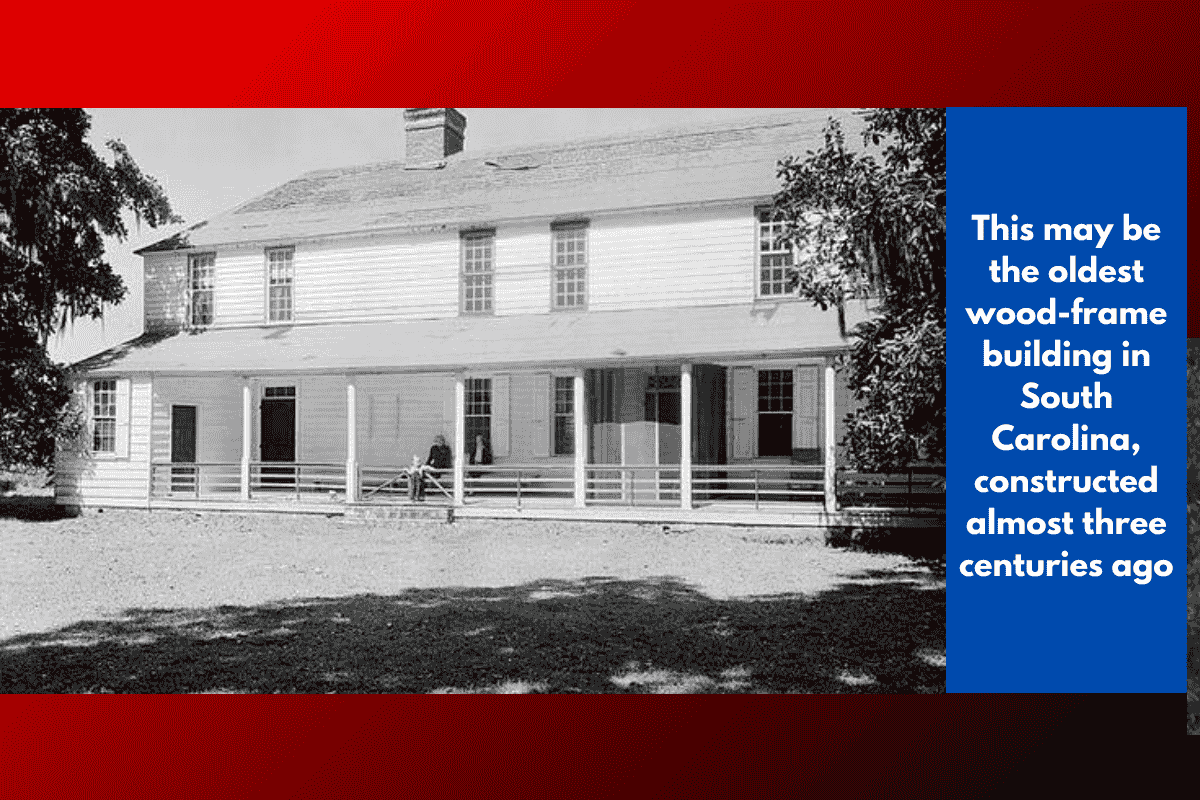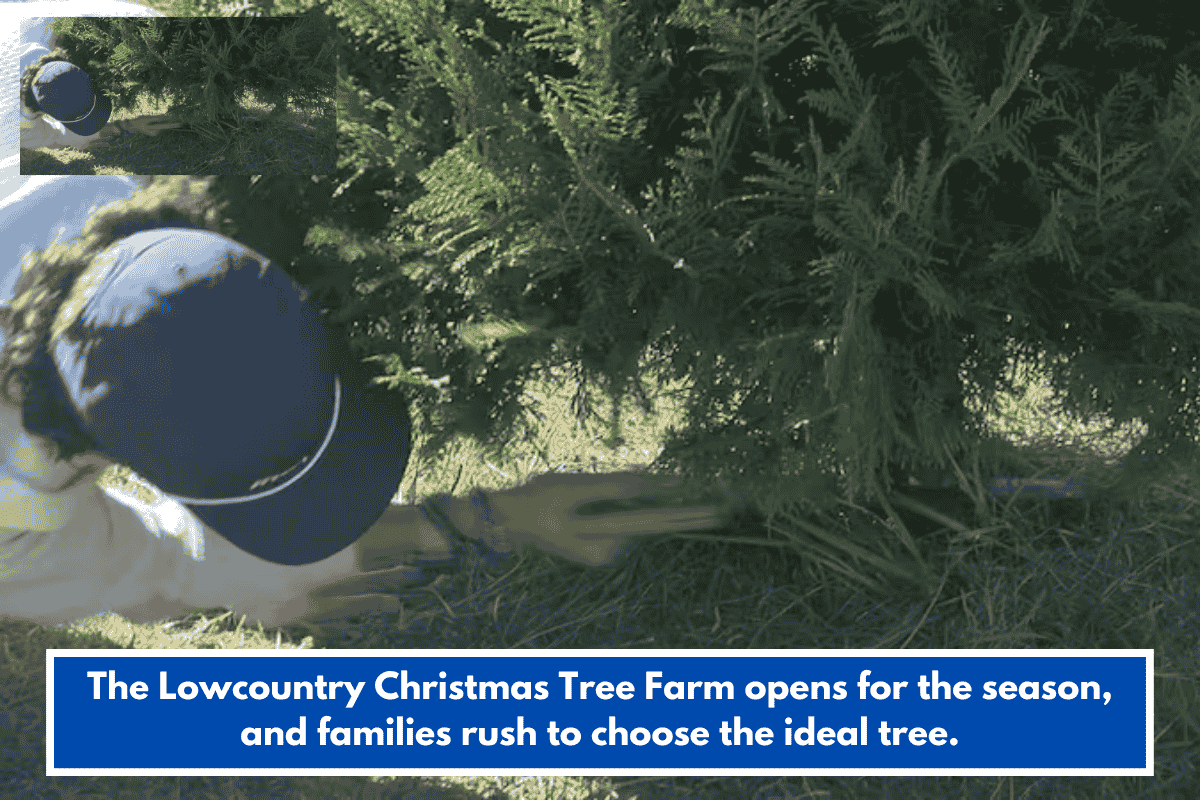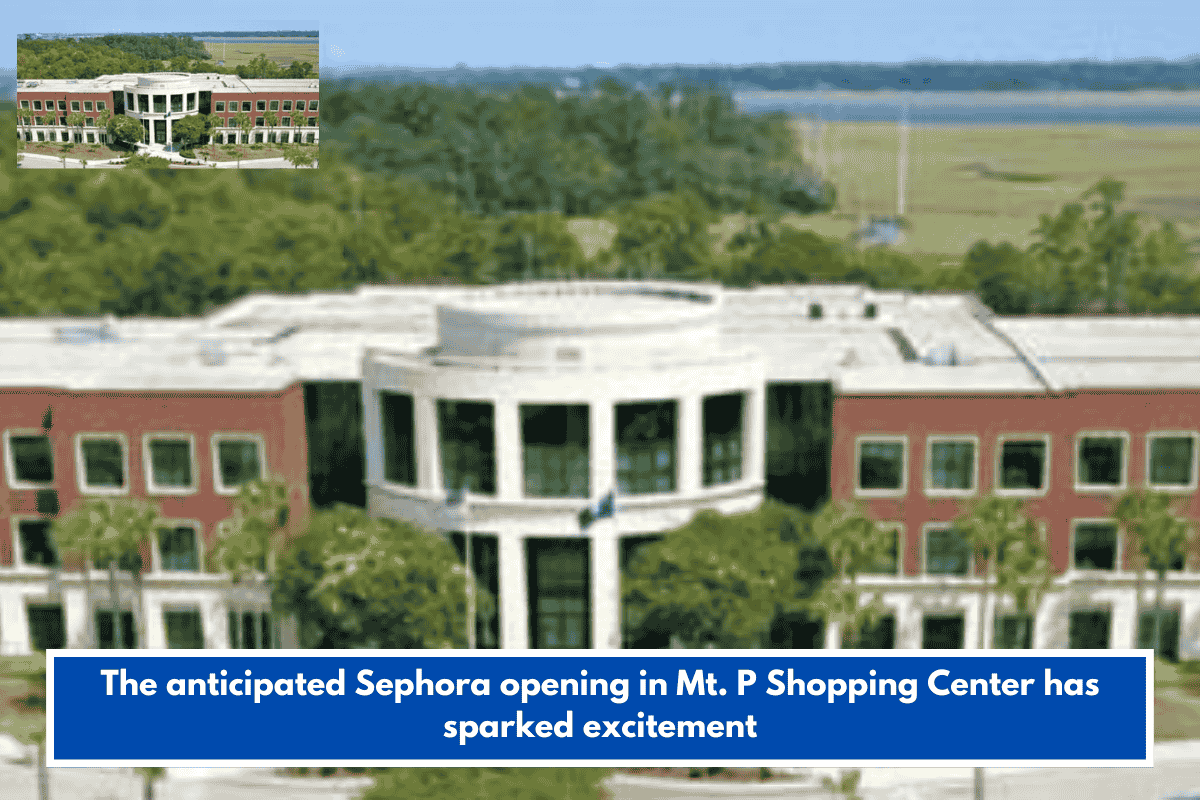The Middleburg Plantation house, located off Cainhoy Road near Huger in Berkeley County, South Carolina, is believed to be the oldest surviving wood-frame building in the state and one of the oldest still standing in the United States. Constructed in 1697 by Benjamin Simons, a French Huguenot refugee, the house has stood for centuries as a testament to early American colonial architecture.
Historical Significance and Location
The plantation is situated along the eastern branch of the Cooper River, not far from Charleston. In the 17th and 18th centuries, Berkeley County’s plantations were known for growing rice along the rivers, while those further inland grew cotton. The Middleburg Plantation was one of the first rice plantations in the colonies, contributing to South Carolina’s prominence in rice cultivation during that period.
National Historic Recognition
On April 15, 1970, the Middleburg Plantation house was added to the U.S. National Register of Historic Places and designated a National Historic Landmark. It is notable not only for its age but also for its architectural integrity. The house has been carefully restored, and the property includes three other restored buildings, which have been converted into guest houses for visitors.
Naming and Legacy
The plantation’s name, Middleburg, is derived from the Dutch city of Middelburg, the capital of the Province of Zeeland in the Netherlands. This is where Benjamin Simons fled to from France before eventually making his way to America. Remarkably, when the property was designated as a National Historic Landmark, it was still owned by descendants of Benjamin Simons.
The Simons Family and the Plantation’s History
Benjamin Simons and his wife, Mary Esther Du Pre Simons, had an extraordinary family with 17 children. The plantation once spanned thousands of acres but was gradually divided into smaller estates over time. Today, it consists of around 326 acres and remains privately owned.
Restoration and Present-Day Use
The plantation house, along with a carriage house and brick commissary building, has been carefully preserved to maintain its historical charm. It continues to attract visitors and history enthusiasts alike. When the property was placed on the market, a video showcasing some of the interior of the house was made available to the public, allowing a rare glimpse into the home’s history.
Middleburg Plantation remains a significant historical landmark, preserving a piece of early American history while continuing to serve as a reminder of the country’s colonial past.














